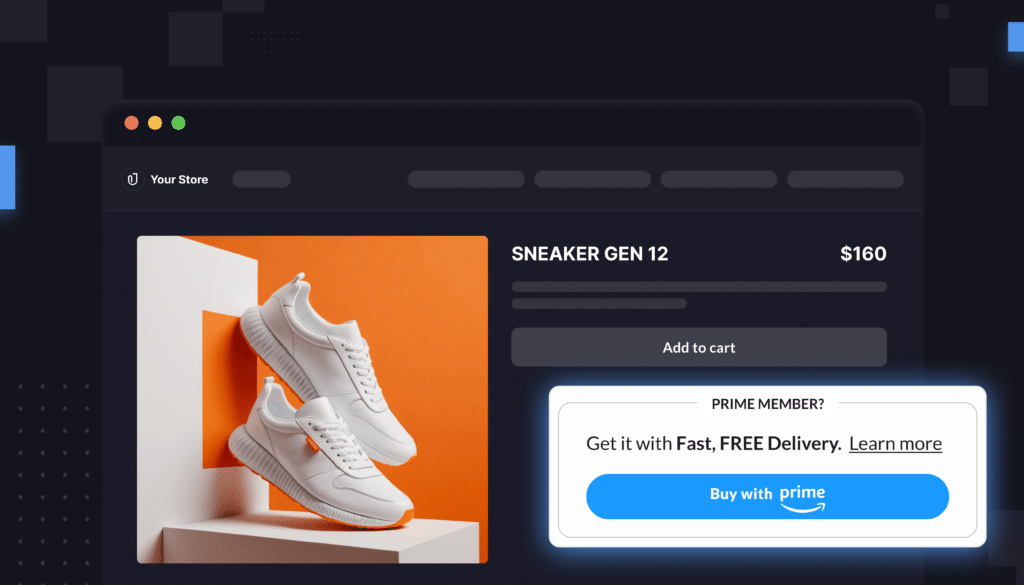What are your seasonal keywords, and how do you maximize sales on them? Most brands are eventually going to run into this question as they become sophisticated advertisers.
Even if your product doesn’t seem like it’s naturally seasonal, e.g. it’s not a Halloween costume, it probably shows up on some seasonal keywords. A toy brand, for instance, is probably going to surface in search results for “holiday toy gifts.” A search along those lines is naturally going to peak at the end of the year.
No matter what you sell, you should be monitoring your account for seasonality trends. If it turns out those seasonal keywords are high converters for you, then you’ll want to build a sophisticated seasonality strategy in order to maximize those seasonal sales.
Don’t miss out. Seasonal sales represent a big opportunity if you get them right. Below, we break down how to identify—and maximize—your seasonal keywords.
What is a seasonal keyword?
Most simply, a seasonal keyword is a keyword that sees its popular peak at a certain time of the year. These often include keywords tied to specific holidays that only happen once a year.
Not all seasonal keywords are made the same. For instance, keywords tied to weather, like “thermal-lined jacket,” probably have a meaningful seasonal effect—but that effect isn’t universal. Depending on where you are advertising, people might be searching for thermal-lined jackets year round.
At Intentwise, we think there are roughly two kinds of seasonal keywords:
Short-tail seasonal keywords. These are seasonal keywords tied to single holidays. For instance, “princess Halloween costume” would be a short-tail seasonal keyword. Ask yourself: Does it have a single peak throughout the year? And the rest of the time it is probably seeing a very low search rate? This is probably true of a holiday keyword like “Valentine’s flowers.”
Longer-tail seasonal keywords. Other seasonal keywords have their own peaks and valleys, without a steep drop-off rate. That’s the case for keywords like “NFL jerseys” or “wrapping paper.” Some shoppers are going to buy those products all year round, but they are going to have peaks and valleys. “NFL jerseys” will peak during the actual football season, while “wrapping paper” is going to see a big sales spike around the holidays.
Why does this matter? Understanding the exact nuances of your seasonality requires looking at year-over-year trends in your advertising and sales data. But it’s important to know exactly what you’re dealing with before you make bidding decisions.
How do I know if I have seasonal keywords?
While we might know off the bat that, say, swimsuits have peaks and valleys throughout the year, other products might have less obvious seasonal effects. Any product that’s a popular gift, for instance, is probably going to spike in popularity around the end of the year.
One great way to identify seasonal effects on your product is to study your keyword trends. Look at your most popular keywords, and see how they are performing over time. In the Intentwise Ad Optimizer, it’s easy to track which of your keywords are increasing or decreasing their percentage share.
Our clients love to use this feature to spot gift-giving keywords at the end of the year.
How do I maximize sales on seasonal keywords?
Now that we’ve established how to identify seasonal keywords, let’s move on to the strategy.
First, think about your campaign structure. At Intentwise, we recommend that advertisers segment out their seasonal keywords into separate campaigns.
Let’s say you sell flowers. You should have one campaign for all of your highly seasonal keywords—likely those relating to Valentine’s Day or Mother’s Day. These keywords are only going to see a spike in searches once a year, so you want to study their performance and adjust their bids as a block.
Then, make a separate campaign for more generic searches, like “red flowers,” that might have year-round appeal.
Separating out seasonal vs. non-seasonal campaigns makes it easy to study and adjust your seasonal keywords. When the peak season passes, you can easily control spend on the seasonal keywords en masse.
No matter what, when your products are in season, you should be sure to ramp up your bids on the seasonal keywords. Chasing those keywords when the product is in peak season—going after “flowers” 3-4 weeks before Valentine’s Day, for example—is a great way to reach people with high purchase intent.
Should I ever bid on keywords when they’re out of season?
Let’s say you have a set of keywords, like “Valentine’s Day flowers,” that only peak once a year. Should you even bother bidding on them when they’re out of season?
It isn’t necessarily a bad idea to bid on your seasonal keywords a month or so before the peak season. If you start advertising on those terms early, you’ll be able to build up your ranking ahead of the major holiday.
CPCs inevitably go up as the holiday approaches—so starting early means you can strike before those CPCs skyrocket.
In theory, when the holiday does come around, you’ll then rank higher in search results organically. In other words: You won’t have to spend as much money on ads to get there.
It’s not a foolproof strategy, however. Anyone that advertises on these holiday keywords too far in advance needs to be cautious. Those seasonal keywords won’t have much traffic a few months before the holiday hits, so you’ll probably have a low number of impressions and conversions.
Monitoring your conversion rate is especially important here. If your conversion rate is really low, Amazon’s algorithm might think your ads on those keywords just aren’t converting. That could hurt your placements once the big season does arrive.
At that point, if conversions are way below your typical levels, you should turn down the pre-season bids.
How do I execute a seasonal bidding strategy?
Whatever strategy you choose, it’s important to note to be sure you are actively adjusting your bids throughout the year. However you set bids, make sure you are regularly auditing and updating them.
If you use automated rules for your bid management system, you should also pay close attention to the seasonality of your keywords. An automated rule will continue to bid the same amount regardless of the season, unless you add seasonality specifications to your automated keywords. (You can do this easily in the Intentwise Ad Optimizer.)
That’s important to track, because you don’t want to bid too high on keywords that are becoming out of season.
For what it’s worth, AI-based bidding can often catch these trends for you. Our AI-based bid algorithm is great at identifying seasonal patterns and automatically adjusting bids accordingly.








